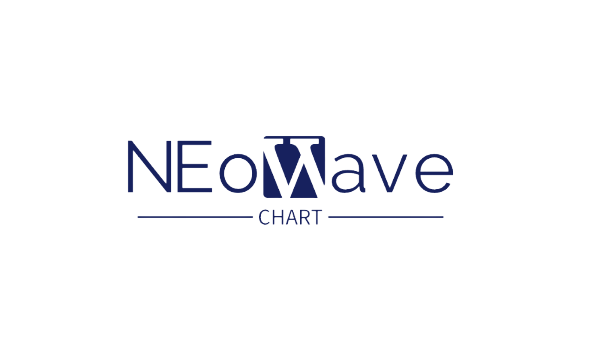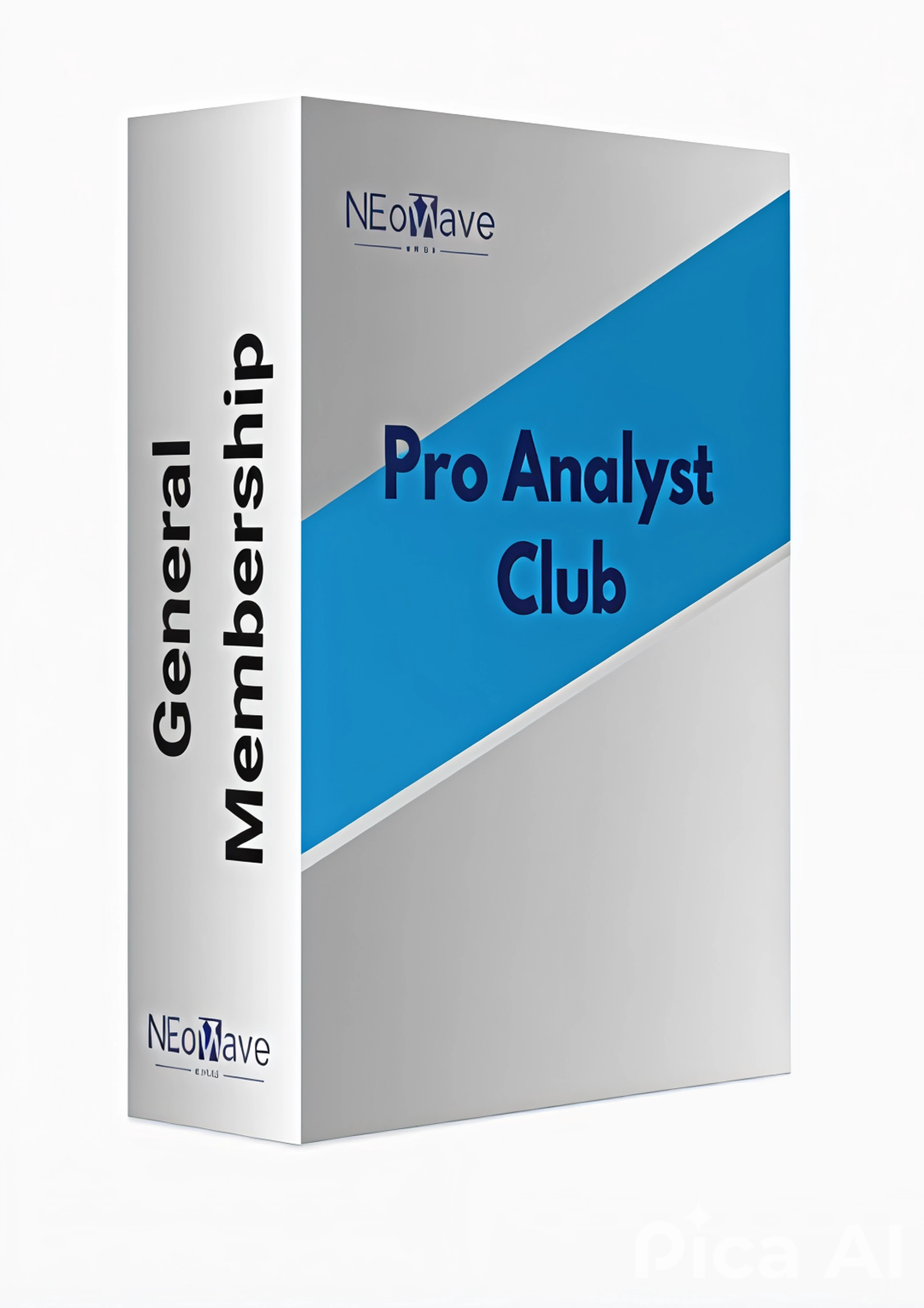Look at the Chart Simply!
A common problem often seen among novice analysts, and one I notice in the analyses uploaded to Pro Analyst Club, is that they sometimes fail to identify patterns in the chart. You’ve likely faced this issue too: trying to find a pattern in a chart but coming up short. In such cases, you switch to lower timeframes, attempting to analyze each wave individually (monowave). Sometimes, you zoom in so much that you get lost in the details, your mind becomes exhausted, and you end up closing the chart, abandoning the analysis altogether.
What should you do in these situations?
As you know, the analysis method in NEoWave is Top-Down, meaning you should start from higher timeframes and gradually work your way down to lower ones to understand the overall market structure. However, when a part of the chart seems unanalyzable and you encounter complexity or ambiguity, you need to reverse your approach. Instead of getting bogged down in the details of lower timeframes, move to a higher timeframe and examine that section of the chart more simply, without excessive detail. This approach helps you see clearer patterns, and the correct scenario will often reveal itself.
Mr.Neely emphasizes that wave analysis should be logical, step-by-step, and based on cash data to avoid market noise. He highlights the importance of simplifying analysis and using higher timeframes to resolve ambiguities. In fact, when you hit a dead end in your analysis, stepping back to a higher timeframe and looking at the chart more simply is the key to solving the problem.
For successful analysis, remember that excessive complexity is the enemy of accuracy. By starting with higher timeframes (such as monthly or weekly) and moving to lower ones (like daily or hourly), you can better understand the market structure. But if you get lost along the way, take a step back, shift to a higher timeframe, and look at the chart with a simpler perspective to find the right scenario. This approach not only reduces mental fatigue but also enhances the accuracy of your analysis.
Good luck!
NEoWave Chart










